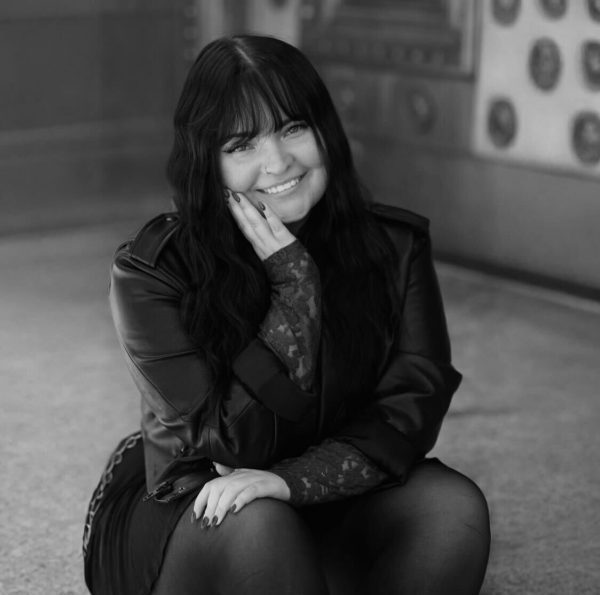Every little girl who watched “High School Musical“ growing up has at least once thought about becoming a cheerleader. It seems like the epitome of a life in the spotlight full of glitz, glamor and big hair. However, the Netflix docuseries “America’s Sweethearts: Dallas Cowboys Cheerleaders,” has cast a rather unfavorable light on the industry and has caused an uproar among viewers.
The series, consisting of seven episodes, is directed by the award-winning Greg Whiteley and follows the 2023-24 DCC squad from the start to the end of their season. Along the way, it draws some troublesome conclusions about the abhorrently problematic, misogynistic and outdated world of high caliber cheerleading.
Less Money, More Problems
One of the major issues highlighted throughout the series is the pay disparity between the cheerleaders and every other person employed by the Dallas Cowboys. The cheerleaders are literally gaslighted into believing that a wage gap is expected because the team is not about money, but about “sisterhood.” This is simply a dig at women’s emotions that is disguised as an explanation so that the franchise can get away with paying them next to nothing given that the average football player makes millions of dollars in their season.
In her onscreen interview, 2022 DCC alumna Kat alludes to her minimalistic salary by equating it to that of a full time Chick-fil-A employee. This comparison would put the DCC average earnings somewhere between $25,000- $30,000 a year, which is appalling given their intense schedule. Due to the publicity of the team, not only are the cheerleaders required to attend regular practices, performances and games but they are also required to participate in publicity events, meaning that they must maintain perfect decorum at all times. The lack of compensation for these unrealistic hours and expectations has viewers puzzled.
Simon Says or Kelli Says
Kelli says “lose five pounds.” Kelli says “you’ve put on weight.”
Simon Says has found its way to DCC tryouts as Kelli Finglass, the director of the DCC, spearheads the team’s focus on physical appearance to the extreme. A major section of the audition process focuses on the cheerleader’s physicality, weight and overall “look.”
Several of the girls were barred from the team, not for lack of skill or ability, but purely because they didn’t have the “look” of a Dallas Cowboy Cheerleader, according to Finglass. She insists that each girl looks perfectly “proportioned” in the uniform and measures every single ratio on their body to ensure that they are the right image. If a girl does not meet her expectations, Finglass either dismisses them or places them under strict dietary and exercise regimens in order to ensure they do.
This kind of coaching is exactly what is wrong with the performance industry today. Sports like cheerleading, dancing, figure skating and a collection of others allow far too much control over the athlete’s physique. Which is why many of the athletes on these pathways develop body dysmorphia and unhealthy tendencies. It is also troublesome to put this kind of negative motivation out there as a “goal” for young girls to strive for because it promotes unrealistic beauty standards and places more importance on physical appearance than the ability to hone the art of cheerleading.



